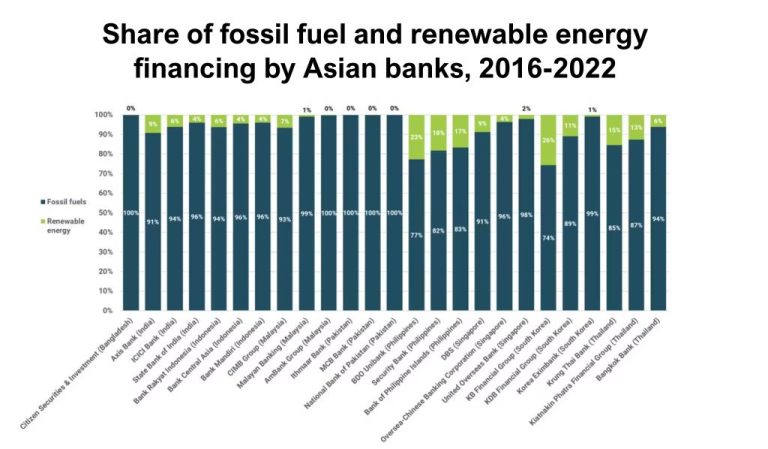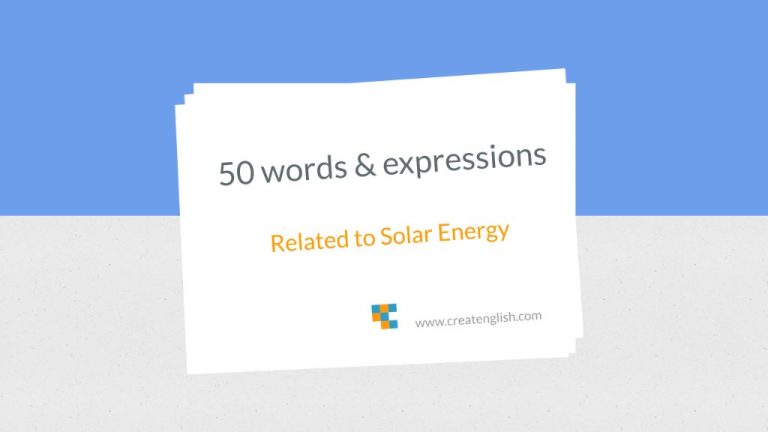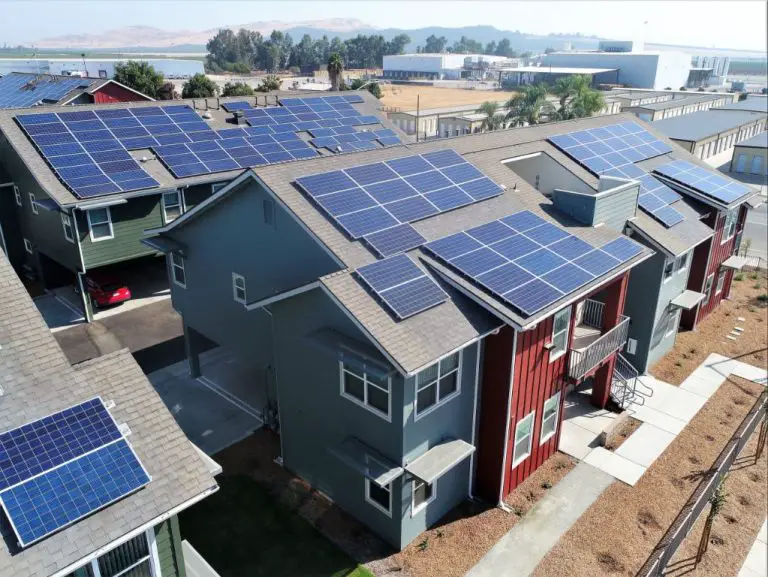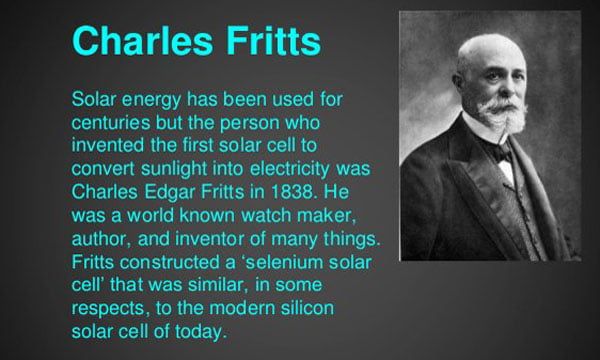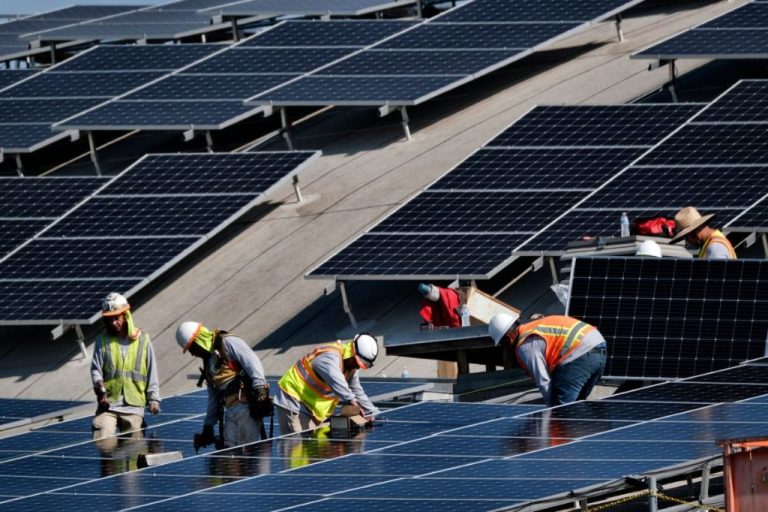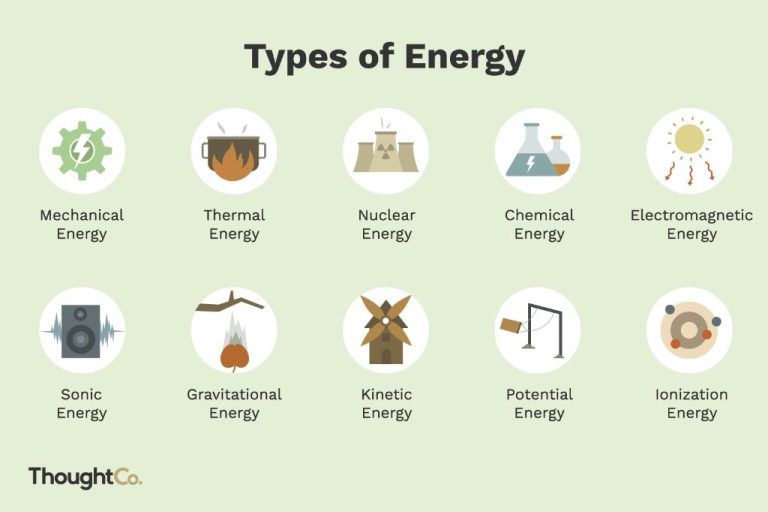What Is Renewable Energy Disadvantages
High Upfront Costs
One of the main disadvantages of renewable energy sources is that they require high initial investments to build the infrastructure needed to generate electricity. While fossil fuels power plants are relatively inexpensive to construct, renewable energy facilities like wind farms or solar arrays require substantial capital to get up and running.
According to Energysage, constructing a new wind farm costs around $1.3 million per megawatt of capacity. Solar photovoltaic plants are even more capital-intensive, with costs ranging from $1.3 to $2.2 million per megawatt.[1] This is significantly higher than the construction costs of fossil fuel power plants.
The high upfront costs mean that renewable energy technologies often have long payback periods of over 10-20 years to recover the initial investments. This makes adoption more difficult, especially in developing countries that lack easy access to financing.
While costs are coming down as technology improves, the steep capital requirements continue to be one of the biggest barriers to widespread renewable energy deployment worldwide.
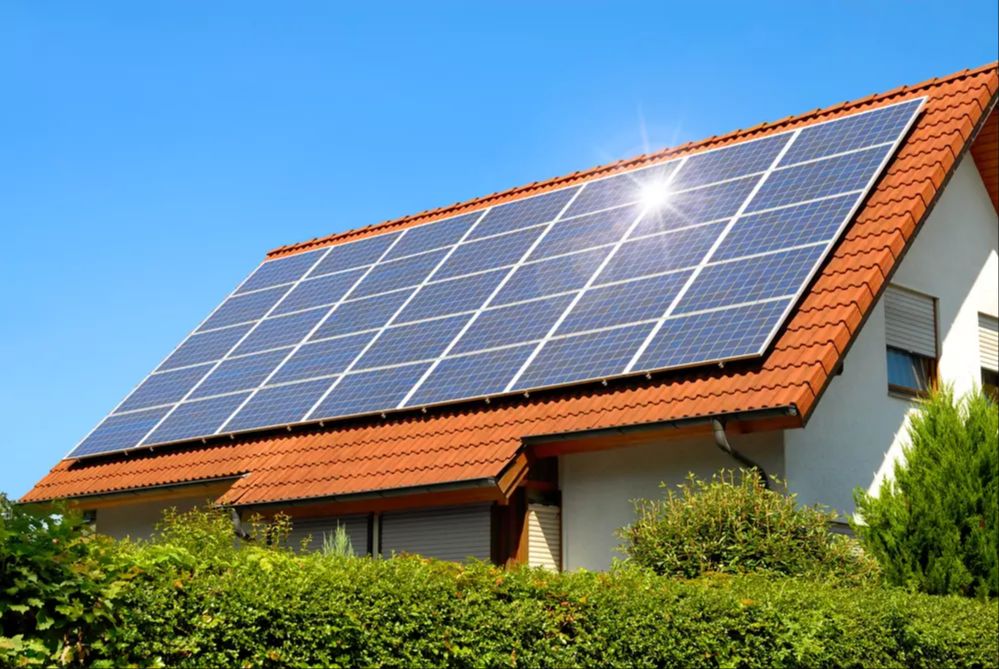
Intermittency
One of the major disadvantages of solar and wind power is their intermittent nature. Solar power relies on sunshine and wind power relies on wind, both of which can be inconsistent due to changing weather conditions (What is “Intermittency” in Renewable Energy?). This means the energy supply from these sources can fluctuate throughout the day and year, making it challenging to integrate them into the existing electric grid.
During periods of low sunlight or wind, energy output drops, sometimes to zero. This inconsistency requires solutions like energy storage or backup power sources to smooth out the energy supply (Renewable Energy Intermittency Explained). Without adequate storage capacity, grid operators need to ramp up alternate energy sources when renewable output is low. Intermittency also makes forecasting and balancing electricity supply and demand more complex.
However, intermittency does not mean renewable energy cannot provide a significant share of overall electricity. With a diverse mix of renewable sources, expanded transmission networks, demand-side management, and advances in energy storage, the impacts of intermittency can be managed.
Land Use
Some renewable energy sources like wind and solar power require large amounts of land area for projects like wind farms and solar arrays. According to a 2021 study published in Nature, solar energy currently uses relatively little land compared to other human land uses. However, as solar capacity expands, it could require significant land areas in the future (Source). Wind farms and solar installations can also disturb or displace wildlife habitats and ecosystems where they are sited.
In addition, some people express concern about the aesthetic impact of renewable projects on landscapes, especially in scenic natural areas. Wind turbines and solar arrays can be considered eyesores by local residents who prefer maintaining the natural views. For example, offshore wind developments eliminate land use changes but can still draw opposition from coastal homeowners about impacts on ocean views (Source).
Storage Limitations
One of the biggest challenges for renewable energy is the inability to effectively store excess electricity generated from intermittent sources like solar and wind for use when production is lower. So far, no cost-effective large-scale storage solutions exist to capture and store the massive amounts of renewable electricity needed to power the grid when the sun isn’t shining or wind isn’t blowing. This lack of storage makes managing the variable and unpredictable supply from renewables much more difficult.
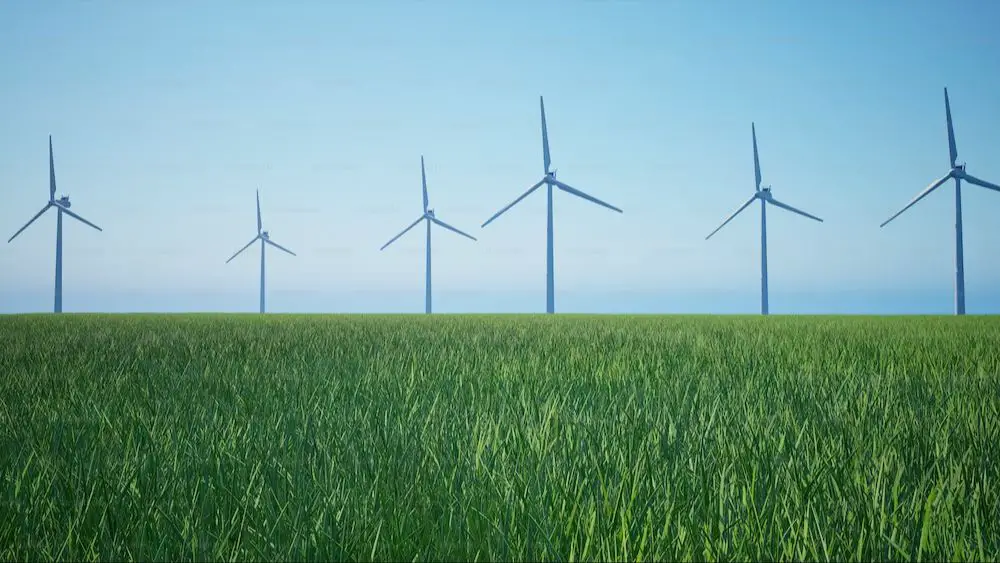
According to a study from the U.S. Government Accountability Office, “Technologies to store energy at the utility-scale could help improve grid reliability, reduce costs, and promote the increased adoption of renewable electricity generation.” However, they note there are still many barriers to viable large-scale storage including “technical maturity, costs, material availability, and risks.” (1)
Similarly, an analysis from Araner highlights the formidable challenges that still remain for energy storage technology to be able to facilitate the massive amounts of renewable energy coming online. They state: “The intermittency of renewable energies makes necessary to develop systems capable of storing the exceeding energy produced when generation is higher than demand. However, we are still far from having cost-effective and performing solutions.” (2)
Transmission Capacity
Renewable energy sources like wind and solar are often located far from major electricity demand centers. However, insufficient transmission infrastructure exists to deliver this electricity efficiently. This causes significant bottlenecks in electricity delivery. According to the New York Independent System Operator, expected transmission constraints could lead to “generation pockets” where renewable production must be limited without expanded infrastructure (source). Researchers also note that transmission line construction may be inefficient due to natural monopoly characteristics (source). Industry analysis finds that the slow pace of transmission development substantially limits growth in wind and solar generation (source).
Resource Limitations
Some renewable energy sources face constraints due to limited supplies of raw materials needed for production. For example, lithium is a key component of lithium-ion batteries used for energy storage. According to Klimenko (2021), shortages of lithium and other rare earth metals could constrain large-scale adoption of renewable energy technologies that rely on batteries for storage and transmission. Supplies of these raw materials are finite and localized in certain geographic regions. As demand grows globally, shortages and price increases could occur. This highlights the need for recycling and more efficient use of materials as renewable energy expands worldwide.
Regulatory Barriers
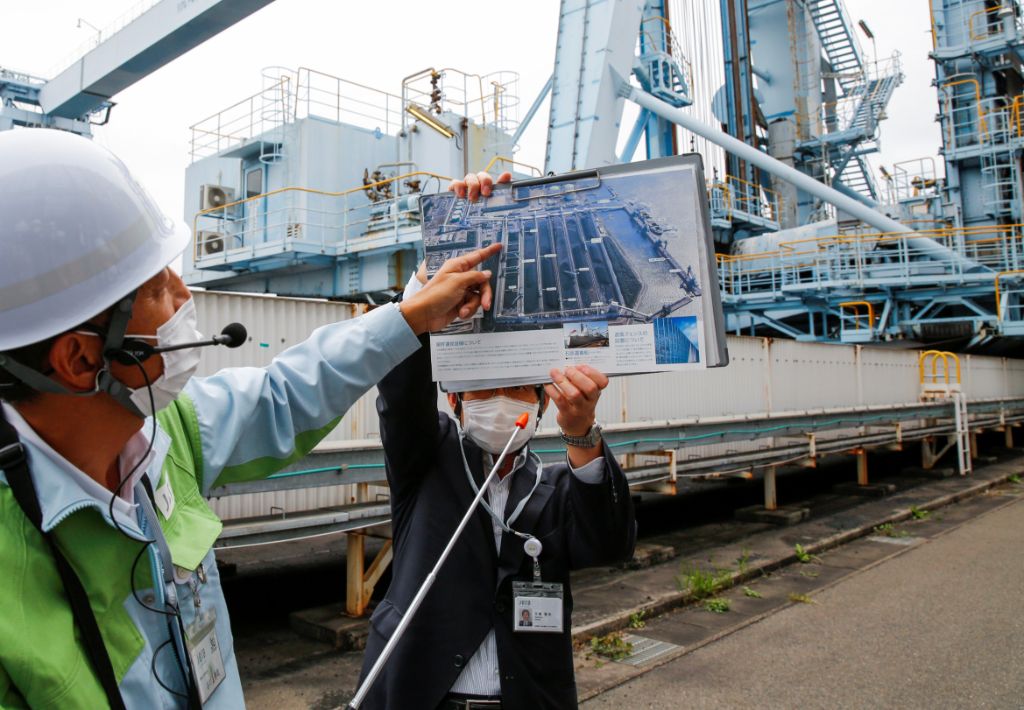
Outdated electricity market rules and regulations often discourage renewable energy adoption and access to the grid. These regulations were designed for traditional centralized power plants and do not properly account for distributed renewable generation. Complicated processes hinder smaller producers and new market entrants. For example, developing renewable energy sites can face significant delays due to regulatory obstacles like permitting and environmental impact assessments [1].
Policy instability also deters potential investments in renewable energy. Frequent changes to regulations and incentive programs undermine investor confidence. Sudden policy reversals or withdrawing support can strand assets and lead to financial losses. The inconsistency makes it difficult for companies to plan long-term investments in renewable energy infrastructure. Clear policy frameworks that account for the unique nature of renewables can help drive scale and reduce costs over time [2].
Public Opposition
One of the biggest challenges facing renewable energy projects is public opposition, especially at the local level. Concerns over aesthetics and noise, as well as fears about impacts on property values, often fuel opposition campaigns. This phenomenon is known as NIMBYism (Not In My Backyard). According to a 2022 study, organized opposition groups use lawsuits, political campaigns, and appeals to stop renewable projects. Successful renewable energy development requires substantial community engagement and benefit-sharing to gain public acceptance.
Cite: https://www.sciencedirect.com/science/article/pii/S0301421522001471
Job Losses
The transition from fossil fuels to renewable energy can lead to job losses, especially in communities dependent on the fossil fuel industry. Though renewable energy is creating many new jobs, they do not always directly replace lost fossil fuel jobs.
Employment in coal mining, for example, has declined over the years as coal power plants close and coal production falls. According to the Bureau of Labor Statistics, coal mining employed over 89,000 workers in 2019, down from over 150,000 in the early 2010s.
While the renewable energy industry is experiencing rapid job growth, a 2021 analysis by the World Resources Institute found that the transition could result in a net loss of 900,000 to 1.2 million jobs in fuels industries like coal and oil by 2035 [1]. Many fossil fuel workers do not have transferrable skills that allow them to easily transition into the clean energy workforce.
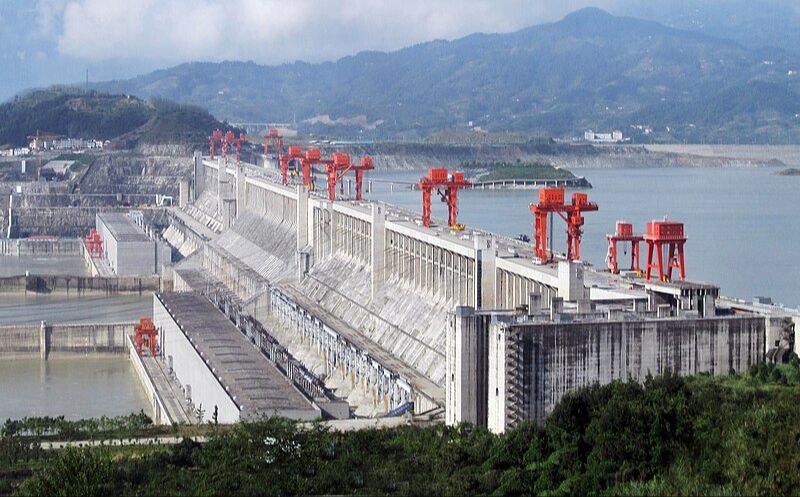
This transition can severely impact fossil fuel communities where the industry makes up a major portion of the local economy. Workers without college degrees often remain in their communities when they lose jobs, rather than relocating for new opportunities [2]. Retraining programs, community revitalization efforts, and proactive policies are needed to support these workers and towns affected by the decline of fossil fuel industries.
Environmental Tradeoffs
While renewable energy sources generally produce lower carbon emissions than fossil fuels, they can still have other environmental impacts that need to be considered. Materials extraction, land disturbance, and impacts on wildlife are some key issues.
For example, mining the rare earth metals and other minerals needed for batteries and solar panels can disrupt habitats and release toxins (Environmental Impacts of Clean Energy, https://www.energy.gov/eere/environmental-impacts-clean-energy). And large solar and wind facilities require clearing vegetation and placing infrastructure in previously natural areas, which can negatively affect ecosystems and wildlife (Environmental Impacts of Renewable Energy Technologies, https://www.ucsusa.org/resources/environmental-impacts-renewable-energy-technologies).
Hydropower dams also dramatically change river environments and can harm fish populations. There are also concerns that large wind turbines may negatively impact bird and bat populations. Each renewable technology has its own potential ecological issues.
Therefore, a holistic analysis is required when evaluating the environmental merits of renewable power generation. While reducing emissions is crucial, the other environmental impacts should not be ignored. With careful siting and mitigation strategies, the overall benefits of renewables can outweigh the costs.

